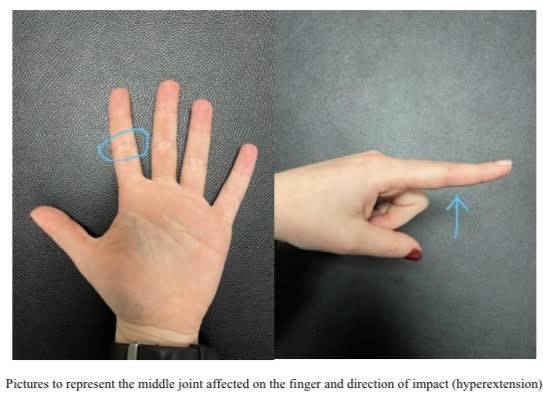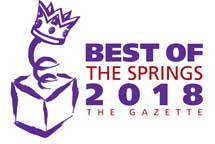
What is a Volar Plate Injury?
The volar plate is a strong ligament that connects bone to bone at the bottom of the middle joint of the fingers which prevents hyperextension, however, if this ligament is forcefully extended it can partially or completely tear. This injury can cause pain, swelling, stiffness, and general issues using the finger into functional tasks.
Volar Plate Injury Symptoms
Symptoms may include:
- Pain and tenderness at the injury site
- Swelling and discoloration
- Lack of joint motion
- Joint instability
- Joint misalignment if dislocated
Cause of a Volar Plate Injury
The cause of a volar plate injury can be related to trauma to the finger like when catching a ball, falling on an out stretched hand, or from a motor vehicle accident. When the middle joint of the finger is hyperextended, then it can cause that partial or complete tear of the volar ligament. Diseases such as Rheumatoid Arthritis can increase chances for injury to the volar plate due to weakening the strength of the ligament, as well.
Conservative treatment for Volar Plate Injuries
First line of treatment would include RICE protocol to include rest, ice, compression, and elevation of the affected finger. Your OT will suggest exercises based on your injury severity and can provide splinting for the finger. The splint itself will go over the top of the affected finger to maintain a mild bent position to facilitate proper healing of the ligament. A technique called buddy taping may also be useful to try.
Volar Plate Injury Surgery
If the ligament is completely torn or instable, then surgery may be warranted to improve functional outcomes. Surgery may include but is not limited to volar plate repair or volar plate arthroplasty.
Precautions/Contraindications?
It is important to rest the affected finger in the splint to prevent further damage to the ligament while it heals. Be sure to complete the exercises given to you by your OT to address areas of concern so that the finger can return to its prior level of function. Do not over-use the affected finger into tasks especially at the initial stages of the injury.
References
https://www.ncbi.nlm.nih.gov/pmc/articles/PMC4894366/
https://centralcoastortho.com/patient-education/volar-plate-injuries/
A little bit about Amy Eckert, our visiting OT student…







